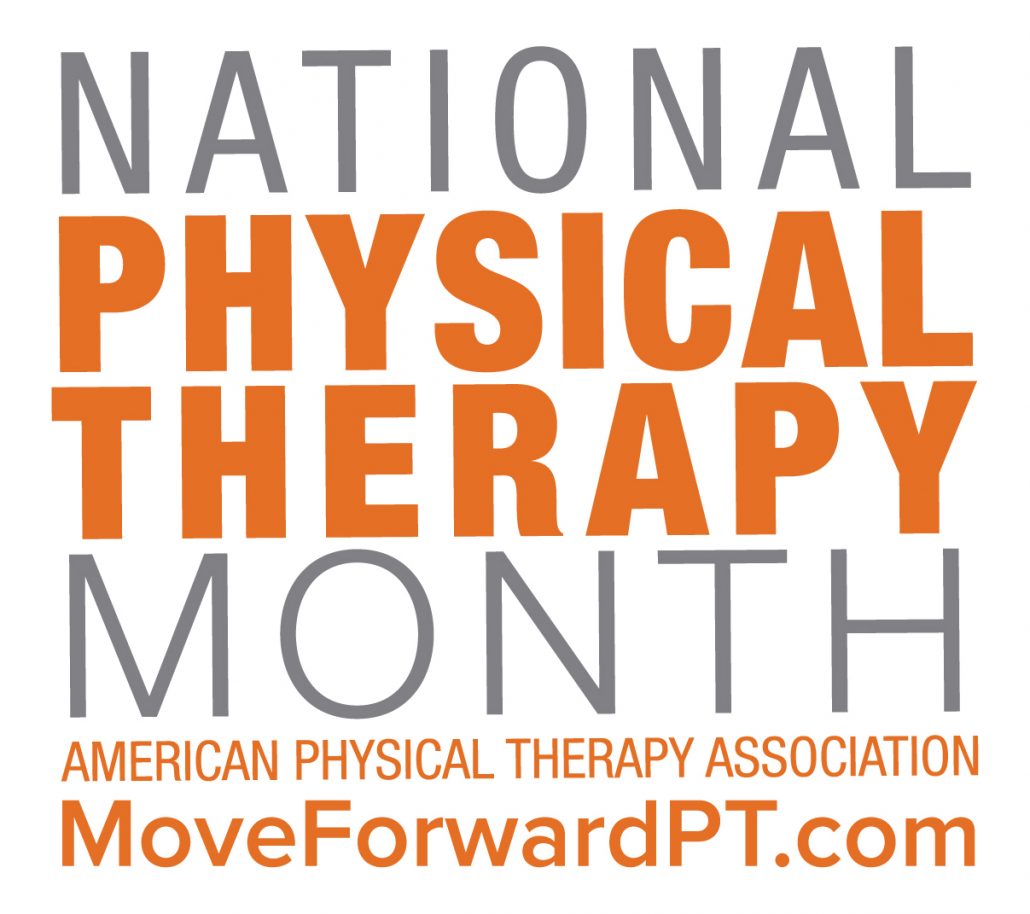Managing diabetes during the holidays can be challenging. Health often takes a back seat to attending parties,
shopping, and travel. Planning ahead and making deliberate choices can make all the difference in keeping
your diabetes in check. Use these tips below to make your holidays healthier!
Plan for Parties
- Offer to bring a dish to share. Knowing that you have one healthy option can help you keep your
carbohydrates in line.
- Eat slowly, and savor the holiday treats. If possible, eat near your usual meal time and keep
carbohydrates within your normal meal parameters.
- Skip seconds and plan for dessert. Let yourself indulge but remember to keep it in moderation.
Plan for Travel
- Create a travel checklist. This can help you ensure you have packed all your medical supplies.
- Create an itinerary and pack snacks. Staying on schedule can help keep meal and medication on track
throughout your trip. Having snacks on hand can help ensure your sugar level stays where it needs to be.
- Check your blood sugar often so you’re aware of any effects travel may have on your body.
Stay Active
Whether you’re attending parties or going to visit family and friends out of state, one of the most important
keys to staying healthy during the holidays is exercise. Exercise is known to help lower blood sugar. Find
time for exercise by taking a couple extra laps at the mall, a rest stop, or the airport.
How Therapy Can Help!
Physical Therapists can help people with diabetes improve their ability to move, perform daily tasks, reduce
pain, and sometimes even lower their blood glucose levels. Physical therapy treatments may also help patients
with diabetes associated skin problems and wounds heal more rapidly than they would without treatment.
If you or a loved one has diabetes, talk to your doctor today about how physical therapy may benefit you!
Five-Ingredient Chocolate Chip Cookies | Source: Martha Stewart Living, March 2015
Nut butter does double duty by replacing both flour and regular butter in these two-bite (gluten-free!) treats.
Ingredients:
- 1 cup almond butter
- 2 large eggs
- 1/2 teaspoon coarse salt
- 1 cup semisweet chocolate chips
- 1/2 cup packed light-brown sugar
Preheat oven to 350 degrees. In a bowl, stir together almond butter, chocolate chips, sugar, eggs, and salt until a dough forms. Place 1-tablespoon mounds of dough 1 inch apart on parchment-lined baking sheets. Bake cookies until puffed and tops are set, about 10 minutes.


 Cassie Murray, OTR, QCP, IASSC CYB
Cassie Murray, OTR, QCP, IASSC CYB